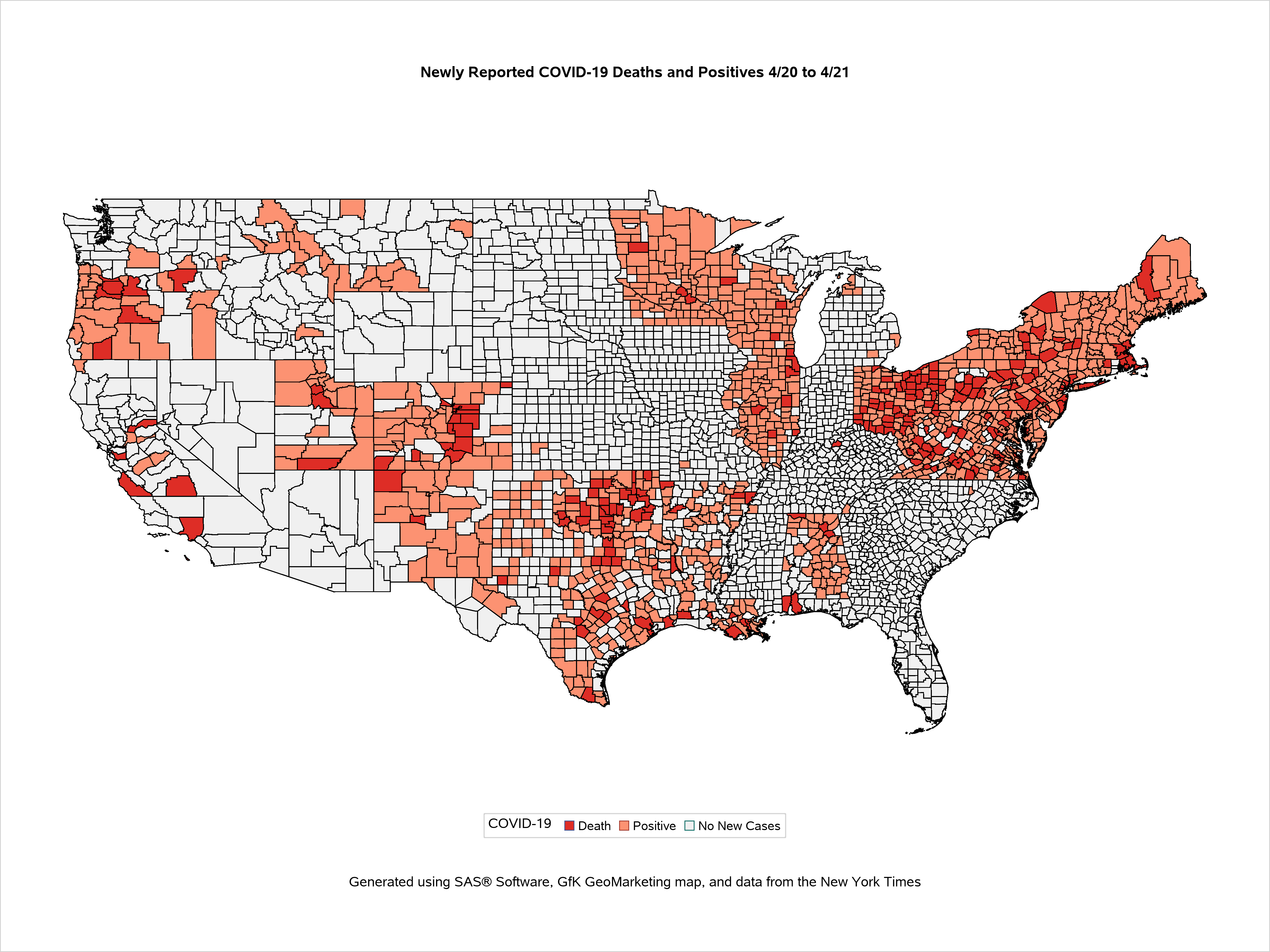I subscribe to The Week which does a good job summarizing news events of the past week from a number of sources. In the May 21, 2021 issue, they quote an article from Noah Smith on Bloomberg.com that tells us, once again, how bad it is that the U.S. birth rate is declining.
Birth rates need to decline everywhere in the world because population growth is the cause of climate change, loss of biodiversity, and increasing poverty, conflict, suffering, and inequality. It is obvious by now that if we want to avoid a dystopian future for the human race, we’d better start encouraging people to have fewer children (one or zero is enough). That is the only humane way to reduce human population. Why would any sane person want to reduce our population through any other means?
Quoting from the article, “America’s declining birth rate”,
A “baby bust” points to “a grim economic future” for America, said Noah Smith.
Not as grim as the economic future that awaits us as the world’s resources are rapidly depleted and the natural world collapses due to too many people on our planet.
U.S. births fell 4 percent in 2020 to their lowest rate since World War II, the federal government reported last week.
Is it any wonder? The pandemic has upended all of our lives. That would have been reason enough, but add to that the toxic politics of this country which is like a horribly abusive marriage from which there is no escape. Then, add the host of existential crises facing the world, plus powerful manipulators constantly lying to us and distracting us to keep us from doing anything about these problems, and you have a country that clearly is on the verge of open warfare, if not collapse. Why would anyone want to bring a beautiful child into such a hopeless future?
“This puts an increasing financial and physical burden on the young,” who must pay the soaring costs of Social Security, Medicare, and caring for their own aging family members.
We have no one to blame but ourselves for the world’s most expensive medical care that for many is no longer of the highest quality. We need a non-profit, single-payer system such as Medicare for All.
“In 2010, the number of working-age adults per older adult was 4.8; by 2060, it’s projected to be only half that”—meaning that the tax burden on workers will need to double.
We are not paying enough taxes as it is. This is especially true for the wealthiest among us, including large corporations. And spending less on the military would help a lot, as it already consumes an obscene percentage of our federal budget.
The graying of the population will also lead to lower productivity and economic stagnation.
It depends on how you measure productivity and economic growth. Many seniors are highly productive members of society, even when they are not paid for their work. These encore careers allow many seniors to contribute directly to the betterment of society in more substantial ways then when they were traditionally employed.
If humans are to survive on this planet, we must transition away from an ever-increasing-consumption approach to economic growth and towards one of sustainability and improving everyone’s quality of life (not only materially).
Per-capita productivity will increase if we build robots and other machines to do the most unrewarding and dangerous work that humans now do. People can be retrained for more interesting work and more service-oriented careers.
And it will put the U.S. at a marked disadvantage in our competition with China, which has four times our population.
So what? Why must we continue to take this “us vs. them” approach? We need to think, and act, globally.
Increased immigration would help, but it’s not enough to keep our population growing.
Why must our population grow? Growth is killing us and this planet. We need a new economic system where progress isn’t equivalent to unbridled growth.
“Americans need to have more children,” and surveys show they want to—but are held back by the high costs of housing, education, and child care.
Well, then don’t vote Republican. And one child is enough.
America has a choice to make: to be a graying nation in decline or a great nation, “confident enough in ourselves to believe that there should be more of us.”
This is nonsense. Since when is a graying nation in decline? Let’s value every individual for who they are and what they can contribute, regardless of their age. And who cares about a “great nation”? I’m more interested in a “great world”. And making a “great contribution” of my time and energy to others.
We need a new economy. Where everything is recyclable. Where everything is built to last. Where everything is repairable. How are we ever going to get to that without strong government regulation to encourage needed behaviors and discourage harmful ones? And binding international laws?
For more information…
Population Connection





